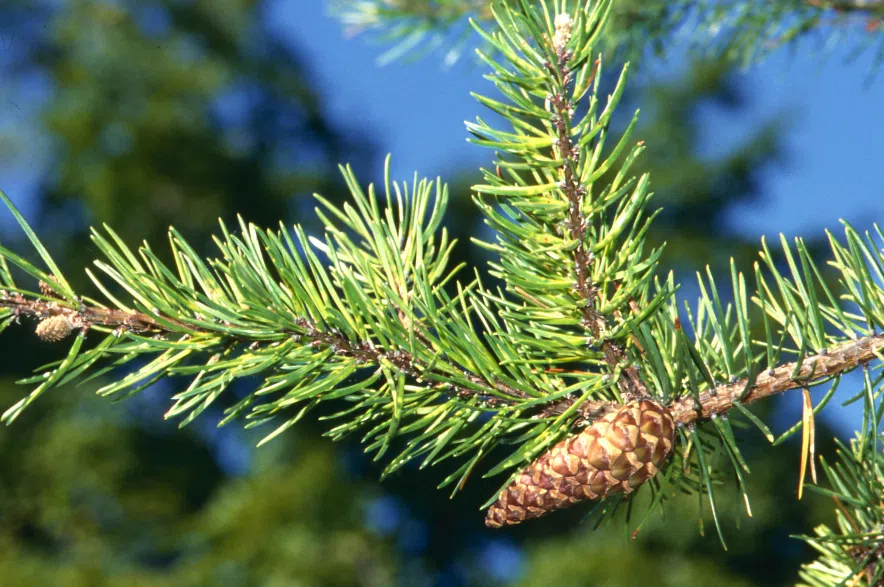Although the forest in many areas of Northern Saskatchewan have been devastated by recent wildfires, it is a natural occurrence that will lead to a more diverse ecosystem.
“It does create a rebirth for the forest,” said Provincial Silviculture Forester Michelle Young, who specializes in the science of managing forests.
Read more:
- Sask. provincial parks expecting busy Canada Day as campers head north
- Outdoor educator calls bear spray bylaw a step forward but questions enforcement
- Warm temperatures forecast for Canada Day long weekend
“In many cases, they need that fire to regenerate because that is how they’ve adapted. The forests go through successional changes. They change in age and species over time, and a lot of times, a healthy forest landscape will include a mix of these different stages, and it does create a more diverse habitat.”
Young explained some species of trees, such as jack pine, have serotinous cones that are sealed with resin that only open with extreme heat, such as a wildfire. The seeds then drop into the nutrient-rich soil and sometimes can start growing in a matter of weeks.
“Other species that grow mostly from roots but can also grow from seed would be aspen and birch,” she noted.
“They will also quickly colonize a site, so from a tree perspective, a lot of it does depend on what was there before. Generally, in the North, we have jack pine, aspen, black spruce and birch that we’ll see start to come up after that fire.”
Some plant species also thrive in areas affected by wildfire, starting with fireweed. Fireweed will begin to appear this year, while blueberries and morels will start to grow next summer. Young said the latter two are very important when it comes to people getting out on the land and using the forest.
View this post on Instagram
It will take many decades, however, for a forest to return to a mature state. Young added that a mature forest can take anywhere from 60 to 120 years to grow, depending on the species of trees in the area.
Dr. Ellen Whitman, a forest fire research scientist with Natural Resources Canada, further explained that some species of animals also tend to enjoy a burned forest landscape. For instance, she said woodpeckers tend to capitalize on the deadwood and flourish in those areas.
Whitman stated there is also data to show woodland caribou coexist well in such places.
“Fires can have very mixed effects on animals depending on their species,” she said.
“Obviously, the initial fire situation is really challenging for many animals, but what we sort of see over time is that animals that depend on mature forests, or particularly like mature old growth conifer type forests, may not respond so positively.”
In some jurisdictions, the local population might decide to alter the forest landscape after a wildfire. Whitman said that could include changing the forest’s composition and density by replanting more desirable species. There is also the opportunity to intervene and try to reduce the fuel load.
“They affect a lot of people, and many people are involved in their management,” she remarked.
“Areas right on the fringe of communities can be very complex in that it might be a regional district. It might be a specific forestry company, it might be a municipality, it might be a First Nation, it might be all of those groups working together, so it’s going to vary a lot depending on each community and their specific situation.”
— by Derek Cornet
Read more:












